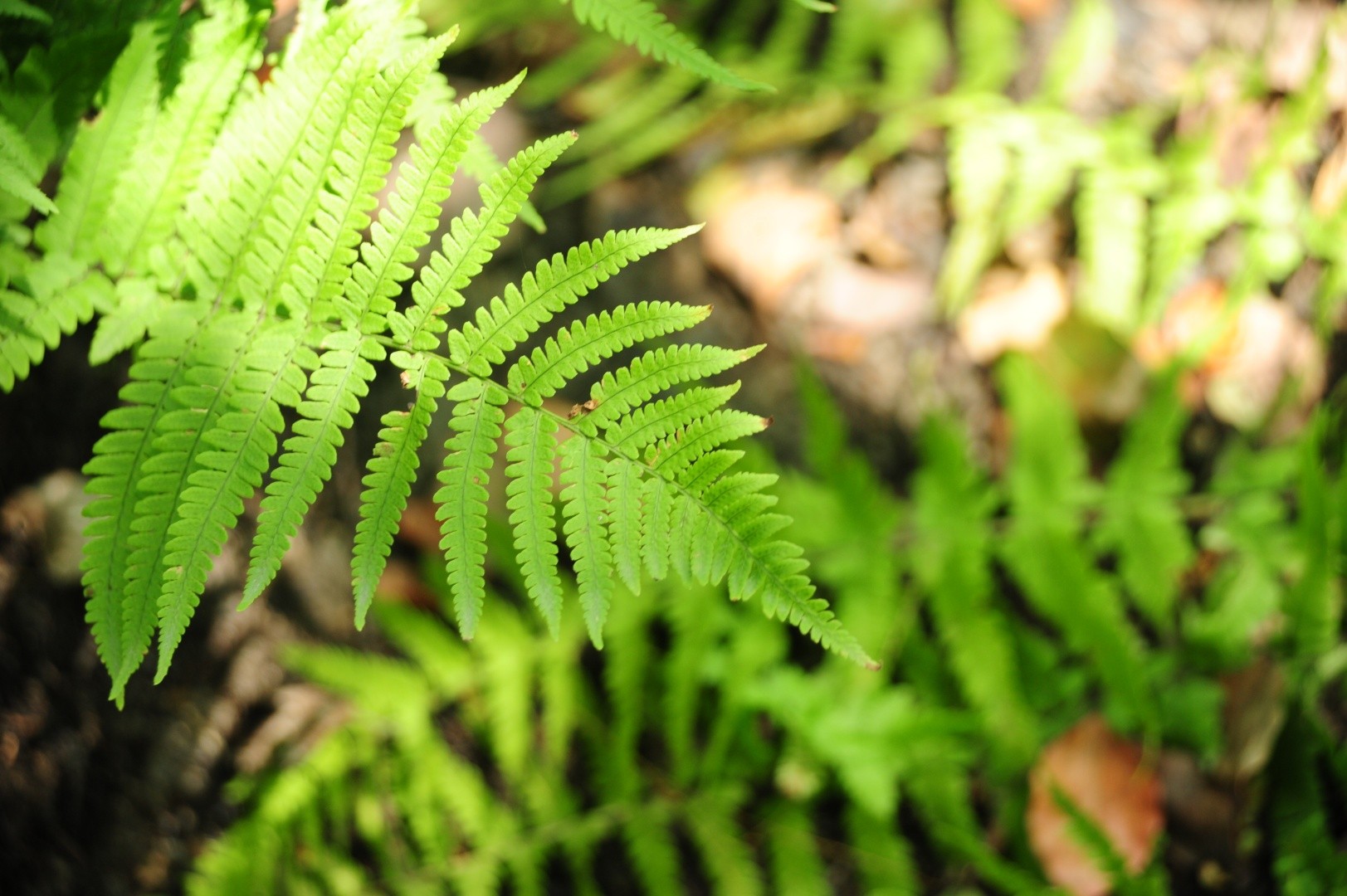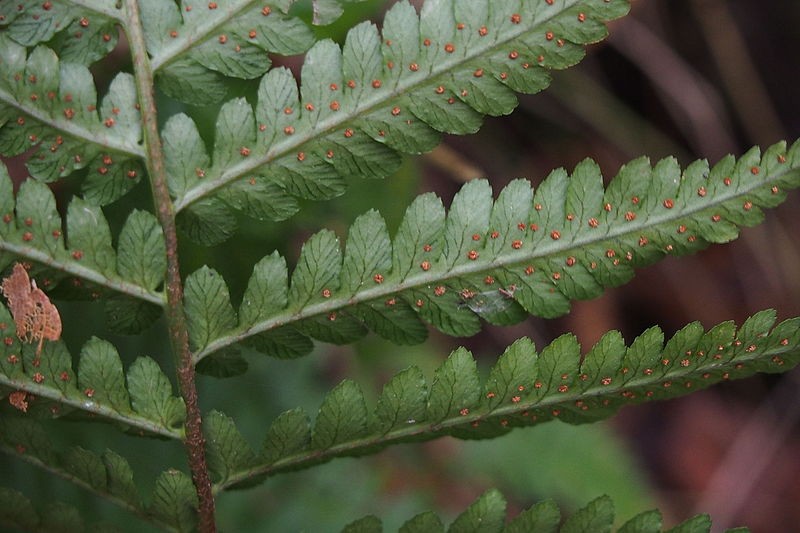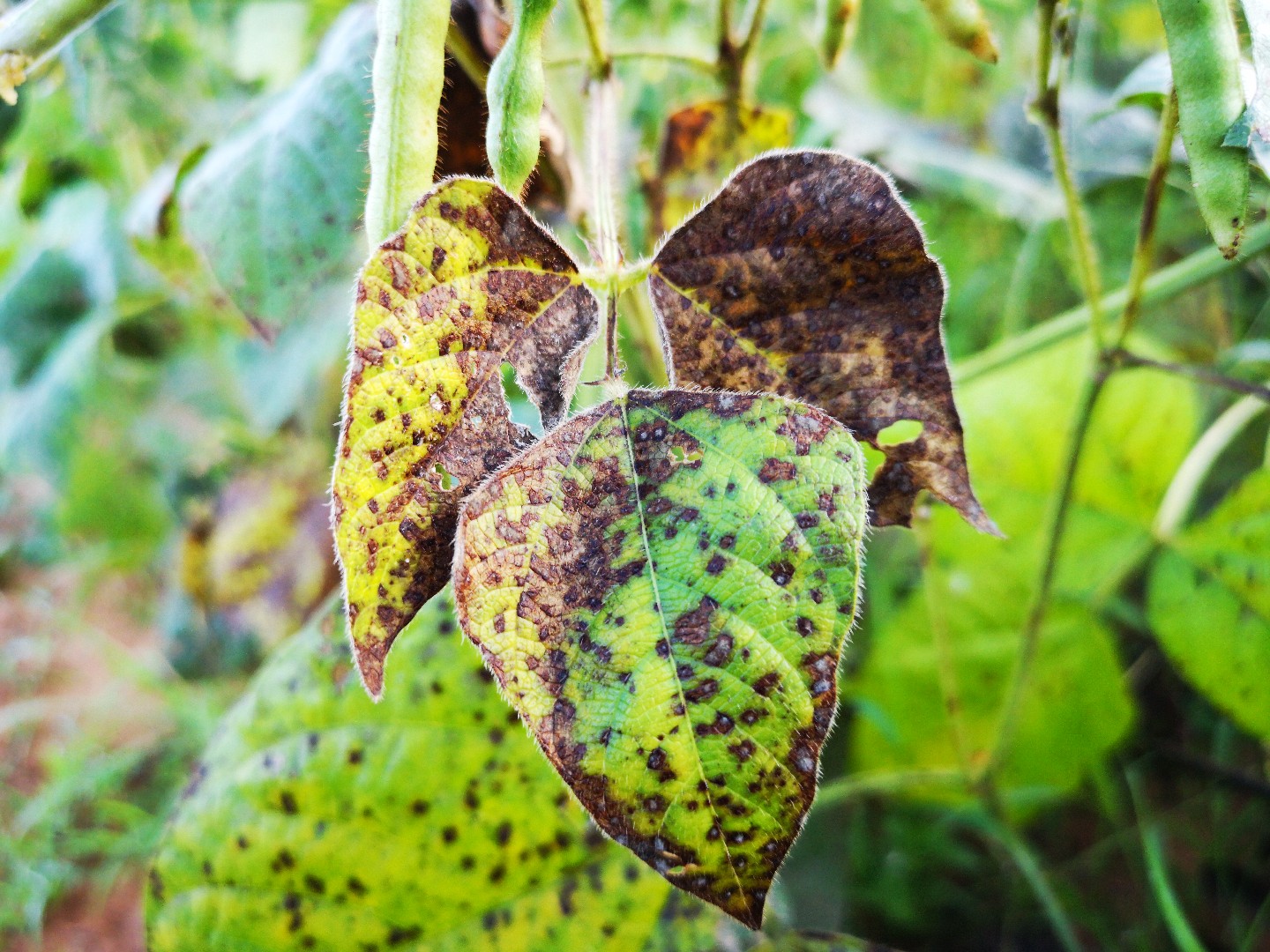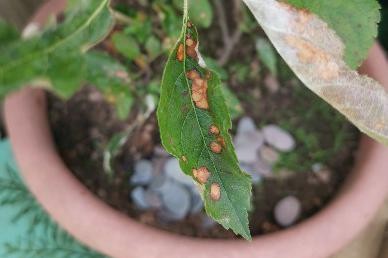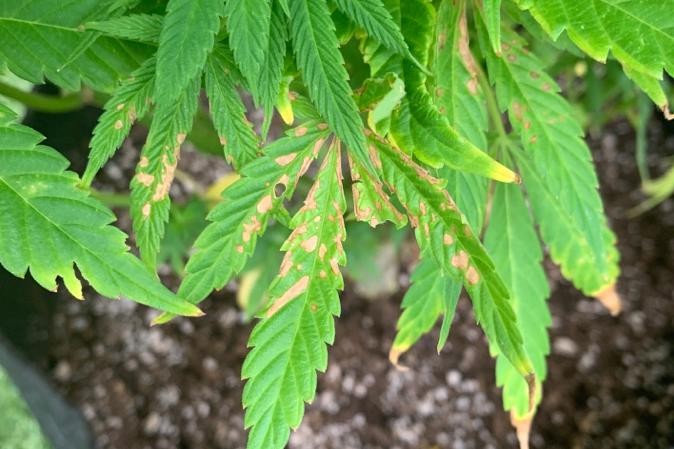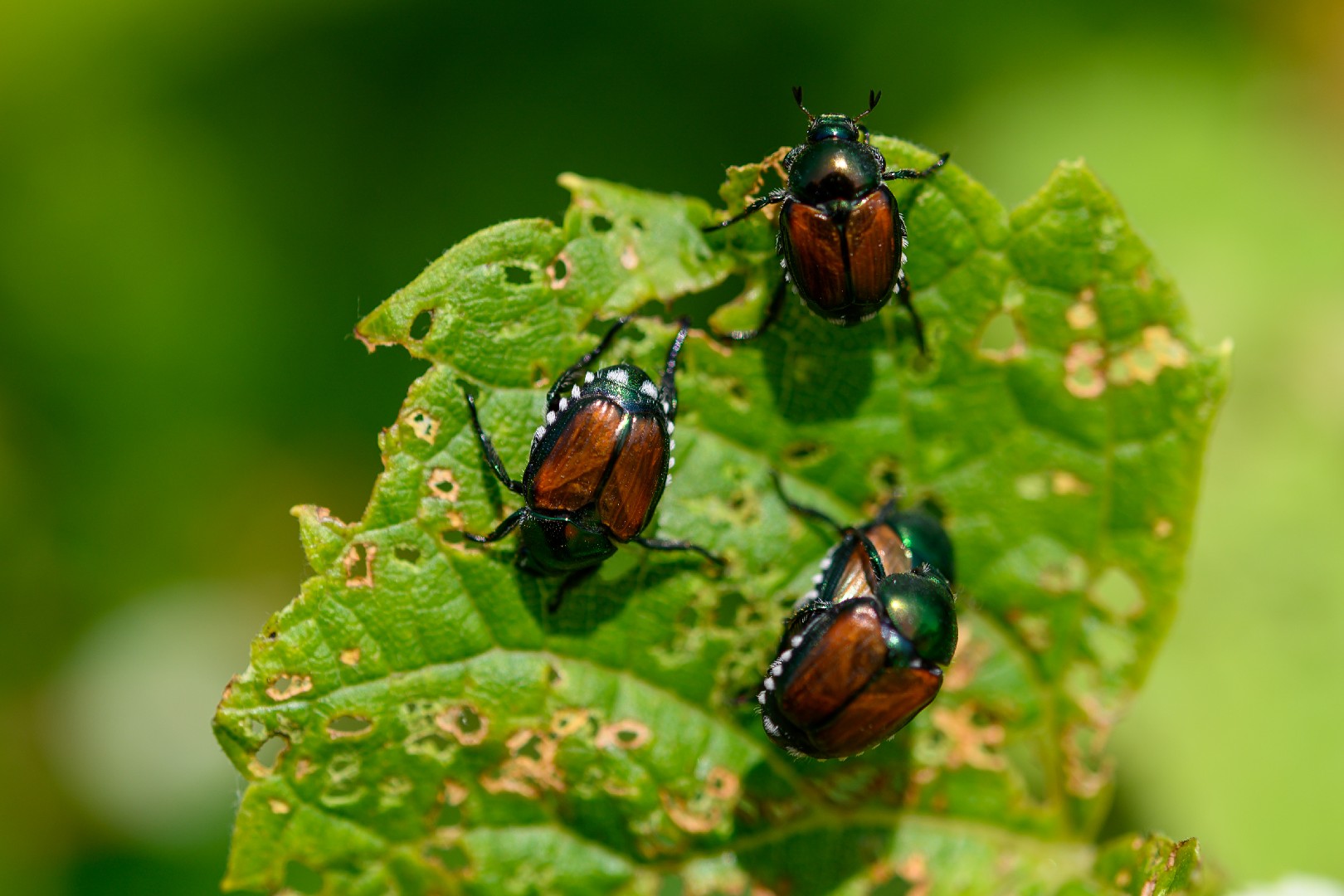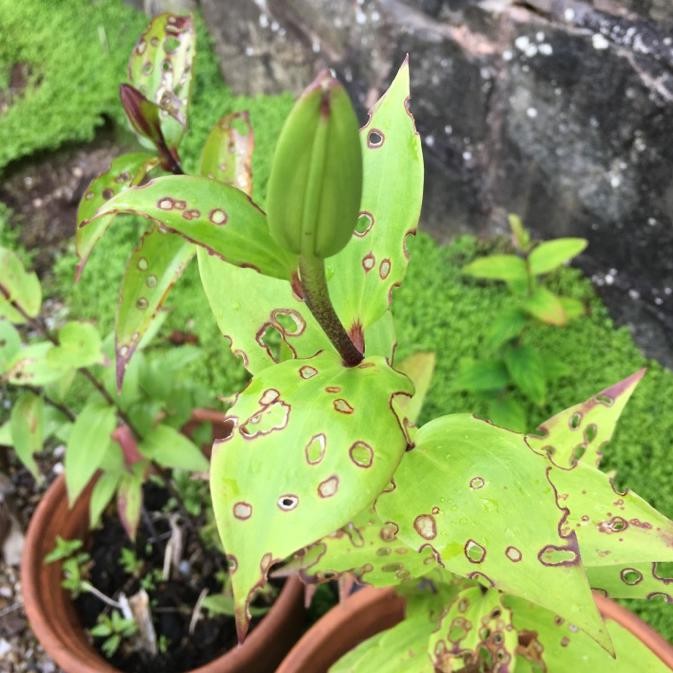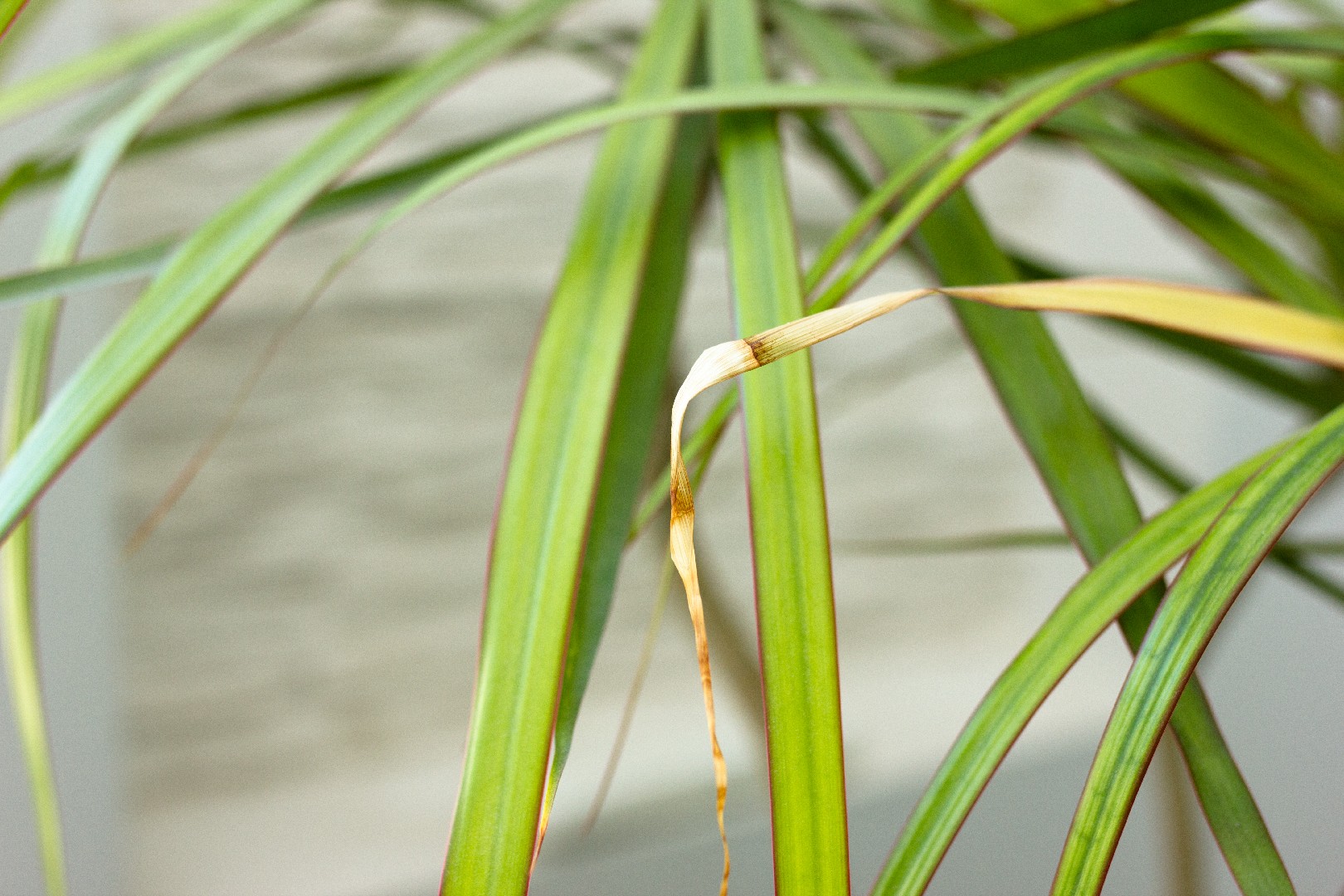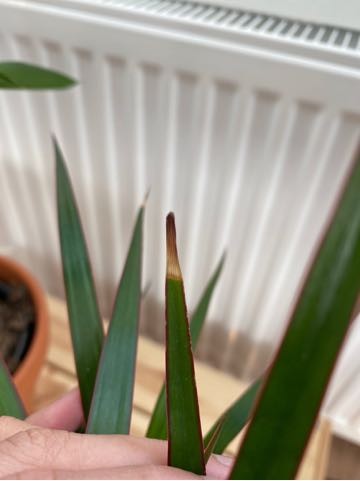What should I do if I water my Uniform wood fern too much or too little?
Overwatered Uniform wood fern Despite how much it loves water, it is possible to overwater the Uniform wood fern. This is most likely to happen if you leave your plant sitting in a pool of water or use a planter that doesn’t have drainage holes. Either of those conditions will be too wet and will prevent the roots from being able to take up nutrients and moisture. Too much moisture in the soil can also allow fungal or bacterial diseases to develop. Wilted and yellow leaves are the initial symptoms of overwatering. Over time, the stems may droop and fall over, or begin to feel soft and mushy. However, be sure to check for other causes if you suspect your Uniform wood fern is overwatered, since other issues can look similar and it’s difficult to give this plant too much water. Underwatered Uniform wood fern Vigilance is required to keep this plant wet enough, unless you’re using a self-watering planter, meaning that many fern owners inadvertently let their plant get too dry now and then. In dry conditions, this plant can change in appearance seemingly overnight, from lush and green to brown and crispy. In extreme cases, the plant may dry up so thoroughly that it seems there are no living fronds left. But it may still be possible to save the plant if some of the roots are still healthy. Cut off all of the dry and dead stems, then water thoroughly and return the plant to its usual location. Unless the roots are all dead, this plant can be surprisingly resilient and start putting out new fronds. It may take several months to grow back to the size it was before, but this is possible if you provide proper care in that time.
![more]()
How can I water my Uniform wood fern properly?
Your Uniform wood fern prefers consistently moist soil that mimics its native enironment, which could mean watering as often as every one or two days. This is a plant that should not be allowed to dry out. Once the top layer of soil begins to feel even slightly dry, it’s time to water again. And don’t just give it a few drops of water: soak the soil completely until water drains out from the bottom of the pot. After the excess water has drained out, dump it so the pot isn’t sitting in a puddle. This is the best method to ensure that soil never gets too dry.
![more]()
What should I consider when watering my Uniform wood fern?
The amount of humidity in the air around your Uniform wood fern will influence how often you need to water it. Higher humidity in the air means less frequent watering, as evaporation is slower. Keeping this plant near a heating or cooling vent will cause it to dry out quickly, so choose a location that is protected from any type of draft. They prefer dappled and indirect sunlight and temperatures between 55-80 degrees F (13-27 degrees C) meaning that keeping these ferns in a warm and sunny spot windowsill could cause them to get dehydrated quickly. Rainwater or distilled water is great for this plant if you have access to it, although tap water in most places also works fine. Certain minerals and chemicals in tap water can cause brown leaf tips, especially since Uniform wood fern has very thin and delicate leaves. Small pots can cause issues for Uniform wood fern , because they only hold a small amount of potting medium and can dry out more quickly. It is best to allow this plant more space in the pot than many other houseplants. Consider using a self-watering planter for Uniform wood fern. This type of pot uses a wicking system that allows the soil to continuously soak up water from a central reservoir, meaning that the moisture level in the soil stays consistently moist. Not only does this type of pot keep you from having to constantly water your fern, but it is also quite beneficial for the roots to have a constant supply of water instead of going from dry to wet and then back again.
![more]()
How can I prune my Uniform wood fern?
Pruning your Uniform wood fern is a fairly simple process. First, you will need a reliable set of hand pruners or hedge trimmers. You may use a clean pair of sharp scissors if you don’t have pruners or garden shears on hand. It’s important to always clean your gardening tools before and after using them to prevent the possibility of spreading disease or infection to other plants. To prune your Uniform wood fern simply allow your plant to go dormant over the Winter. Some time between late winter and early spring – or when new growth starts to appear – take your clean pruners or trimmers and cut away any dying, damaged, yellow or declining foliage. Repeat this process until you reach the base of the plant or until there are no dead pieces left to cut. When pruning, be careful not to damage the new growth that may be emerging near the base of your plant. These parts cannot be restored and pruning can increase the ventilation of the plants and facilitate their growth. Any pruning that is done to this plant should be cut straight across the blades or stems. No angled cuts are required. Diseased leaf blade foliage can be removed as it appears. This could be done anytime when your Uniform wood fern is growing.
![more]()
What should I do after pruning my Uniform wood fern?
Once you’ve pruned your plant, you should dispose of the stems and leaves either by composting the healthy ones or throwing out the diseased parts. You can also fertilize just before or after pruning, which gives Uniform wood fern a little vitamin boost that can provide it the nutrients needed to better protect itself from any nearby pathogens or diseases. Do not water the Uniform wood fern immediately after pruning as this can lead to fungal infestation of the plants through the wounds. You don’t need much after care when you’re done pruning. It might benefit from light watering and some liquid plant food to encourage new growth.
![more]()
How can I prune my Uniform wood fern during different seasons?
Early spring and late winter are the best times to prune your Uniform wood fern on a large scale. If you want to control the size of your Uniform wood fern, you can prune them as you wish, but be careful not to prune more than a third of the size of the plant. Yellow and diseased leaves may appear during the summer months when the Uniform wood fern is growing vigorously and these types of leaves need to be pruned back immediately. These parts of the Uniform wood fern cannot be restored and pruning increases the ventilation of the plant and facilitates its growth.
![more]()
When should I prune my Uniform wood fern through different stages of growth?
Strategic pruning is usually done at different times of the year or during certain stages of growth depending on the plant. However, knowing when to prune your Uniform wood fern depends on where you live and how established your plant is. For example, if your Uniform wood fern is a new resident, it’s a good idea to wait until the plant starts to grow back before you start pruning. On the other hand, if your plant is already established, you will want to prune the dry or dead parts in plant before new leafy growth appears in early spring or late winter. This is the time of year when plants are dormant and pruning causes the least damage to them. This is also the best time of year to do more extensive pruning. It’s important to note that if Uniform wood fern is pruned too late in the season, it can leave new growth at risk for damage or disease. However, if your Uniform wood fern is indoors this is not a problem and you can prune at any time. Since this can affect the long-term health and appearance of your plant, it’s important to keep this in mind when deciding when and how to prune. As your Uniform wood fern grows larger over time, you can trim it as needed after annual pruning. Dead, damaged, or diseased leaf blade foliage can be removed as it appears. This could be done anytime when your Uniform wood fern is growing.
![more]()
What type of sunlight does Uniform wood fern need?
Uniform wood fern should receive a small amount of indirect light each day. Filtered light from a tree canopy often provides the best growing conditions. Typically, three hours of daily light exposure represents the maximum for this plant. When the Uniform wood fern gains exposure to either too much light, more than three hours per day, or light that is too direct, it will likely burn, dry out, and die.
![more]()
Does Uniform wood fern need to avoid sun exposure? / Should I protect Uniform wood fern from the sun?
At all times, you should avoid giving your Uniform wood fern too much sun exposure. Likewise, you should also refrain from moving your Uniform wood fern into direct sunlight very suddenly. Most of Uniform wood fern are more tolerant of morning and afternoon sunlight than midday sunlight as midday sunlight is the hottest, most direct, and most capable of harming your Uniform wood fern quickly. Likewise, if you grow your Uniform wood fern indoors, you should not allow it to sit where it can receive direct light from a window. When growing indoors, choose a place that receives a small amount of indirect light each day, just as you would when growing outdoors. Finding the correct amount of sun exposure from the start, whether grown indoors or out, is ideal. However, if you find your Uniform wood fern is receiving too much light, you should move its container immediately, or, if your Uniform wood fern grows in the ground, find a more shaded area to transplant it.
![more]()
What will happen if Uniform wood fern gets inadequate sunlight?
While the Uniform wood fern requires very little light compared to most other plants, it still needs a few hours of light to put forth healthy growth. Without those few hours of indirect light, the Uniform wood fern may begin to lose its foliage color and can exhibit stunted growth. However, since Uniform wood fern is so fond of shady conditions, it is rarer for it to suffer from lack of sunlight than it is for it to suffer from too much.
![more]()
Does Uniform wood fern need special care about sunlight during its different growth stages?
Generally, the low light needs of Uniform wood fern will remain the same throughout the entirety of its life span. However, the one exception to that is when this plant is young. While the Uniform wood fern at any growth stage is vulnerable to damage from excessive or sudden direct light, the Uniform wood fern that is younger is even more vulnerable. The same is true for any Uniform wood fern that has been recently transplanted to a new growing location and has not yet had the chance to establish itself.
![more]()
How much/long should Uniform wood fern get sunlight per day to grow healthily?
For the healthiest growth, Uniform wood fern should receive about three hours of indirect light per day or less. You can consider any amount of light beyond three hours to be too much for this shade-loving plant group. Uniform wood fern thrives naturally in the forest understory, which is why they can conduct photosynthesis with quite low volumes of daily sunlight.
![more]()
Why do I need to fertilize my Uniform wood fern?
Why you need to fertilize Uniform wood fern is pretty simple. Your plant needs the extra nutrients to produce healthy new growth. The additional nutrients also support the health of old growth and can help your plant fight off diseases and pests.
![more]()
When is the best time to fertilize my Uniform wood fern?
Where Uniform wood fern is growing determines its feeding schedule. It is not a particularly hungry plant but does require some additional nutrients. Outdoor plants require fertilizing once in the spring, while indoor specimens need a monthly feeding starting in the spring and continuing through the summer.
![more]()
When should I avoid fertilizing my Uniform wood fern?
Do not fertilize after the early autumn, which can cause too much growth just before winter. Also, Uniform wood fern should not be fertilized during hot and dry times of year, since dry soil does not deliver fertilizer as effectively as moist soil. Fertilizing at this time can also stimulate growth which in turn needs more water that may not be available. It is best to keep fertilizer for earlier in the season when temperatures are cooler. Finally, remember that Uniform wood fern can absorb fertilizer that has been applied to nearby plants or lawns, so be cautious about inadvertently giving ferns a double-dose of fertilizer.
![more]()
What type of fertilizer does my Uniform wood fern need?
You have a few options when choosing a fertilizer for Uniform wood fern. It also depends on if the plant is growing indoors or in the garden. Outdoor plants will thrive with a layer of mulch or compost. For indoor plants,an ideal fertilizer will have an N-P-K ratio of 3-1-2. However, a general-purpose fertilizer that has an even blend of nutrients can work well in some cases. Still, even when using a balanced fertilizer, the ratio number representing the volume of each nutrient should be at 3 or lower.
![more]()
How do I fertilize my Uniform wood fern?
Fertilizing Uniform wood fern isn’t difficult, but it will depend on where the plant is growing. Outdoor garden plants do best when a layer of mulch or compost is added to the soil. Make sure the organic material is around the base of the plant. Indoor plants typically thrive with a diluted liquid fertilizer applied before watering, monthly in the spring and summer.
![more]()
What happens if I fertilize my Uniform wood fern too much?
You want to remember Uniform wood fern is a slow feeder. It does not require a lot of extra nutrients, especially nitrogen. While fertilizer does help support health growth, too much can burn the plant’s sensitive root system.
![more]()
![icon]()
Get tips and tricks for your plants.
Keep your plants happy and healthy with our guide to watering, lighting, feeding and more.
Download the App for Free

